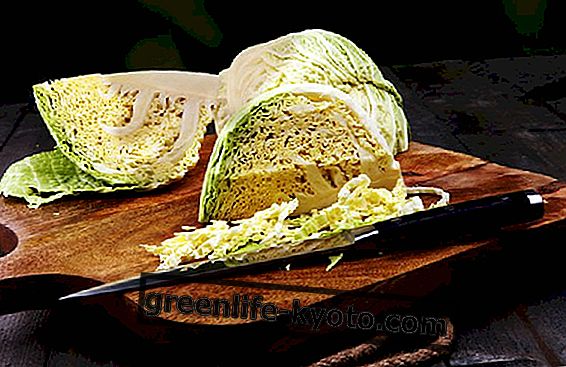
What is Parkinson's disease
Parkinson's disease is a neurodegenerative disease characterized by a slow and gradual evolution . This problem has a negative effect on the body's and limbs' ability to move.
The first evidence of this disease dates back more than 4000 years ago while the first textual document dates back to around 1800. This document titled " Treaty of agitating paralysis " was written by an English doctor named James Parkinson for the note.
This disease affects men and women without distinction and the subjects most affected are between 55 and 60 years old . From 20 to 40 years it is decidedly less widespread, while extremely rare are the cases of subjects under 20 affected by this disease. From the statistics it can be seen that the more one rises with age the greater the risk of contracting this disease.
The causes
At the moment there is no certainty about the causes. The only certainty we have is that there are several factors that determine the onset of the disease.
It would seem that the genetic component affects the ability of the subject to contract the disease . Investigating the genealogical branch of the sick, very often we find at least one case of a family member affected by the disease .
It is also thought that exposure to pollutants such as hydrocarbons, pesticides or heavy metals can also increase the likelihood of being affected by the disease.
Symptoms
The extent of the symptoms of the disease gradually increases over time. Because of this slowness, the first warning signs are often not caught . Below I list a good part of the typical symptoms of the disease.
> Slow movements
> Balance disorder
> Tremor at rest
> Stiffness
> Walking disorder
> Alteration of the item
> Curved posture
> Accumulation of saliva
> Constipation
> Swallowing problems
> Sexual impotence
> Arterial pressure disorders
> Urinary disorders
> Insomnia
> Smell disorders
> Sweating
> Apathy
> Obsessive compulsive disorders
> Depression and anxiety
> Cognitive and psychotic disorders
Diagnosis
To diagnose whether you have actually been affected by the disease, you use different tools. It will be up to the neurologist to carry out all the investigations of the case .
In addition to investigating the patient's clinical record and his family lineage, the instrumental examinations used consist of a Magnetic Resonance, DAT scan, a cerebral PET scan and a myocardial scintigraphy.
Thanks to these exams it will be possible to confirm or exclude the real nature of the problem. Very often indeed, some initial symptoms of Parkinson's disease are similar to other common diseases.
The answers of modern medicine
Over the decades, conventional medicine has tried to give different solutions to the problem. At the moment the proposed solutions are useful only to buffer the symptoms of the disease. The most common therapy is based on levodopa .
Drugs such as Madopar and Sinemet are based on this amino acid. Unfortunately, taking these drugs involves several side effects well known to the medical world.
Aware of the side effects of these drugs, in recent years the medical world has explored other ways to fight the disease . Several alternatives have been explored including transplantation and surgery. Unfortunately, the research carried out so far has had a negative outcome.
In the present, new experiments are underway and it is not excluded that in the next decades a valid alternative to the solutions adopted in the present can be found.
Alongside the pharmacological therapy it emerged that physiotherapy is very useful for patients suffering from Parkinson's disease. In addition to containing the aggravation of symptoms, given its purely "mechanical" nature, physiotherapy is totally free of side effects.
Ganoderma and Parkinson's disease
First of all, I would like to point out that Ganoderma is not intended as a drug but as a food supplement. The intake of this fungus is useful because it is able to reduce the symptoms of the disease without adding any side effects as in the case of drugs.
Parkinson's disease compromises the proper functioning of cells. The Ganoderma fungus has the ability to protect cells as well as replenish damaged cells . Furthermore the Ganoderma mushroom (Reishi) has a great antioxidant power. Thanks to this capacity, it counteracts the action of free radicals which are considered to be among the triggers of the disease.
Taking Ganoderma, in addition to reducing the amount of tremors and improving movement, is particularly useful for slowing aging and the onset of the disease.












